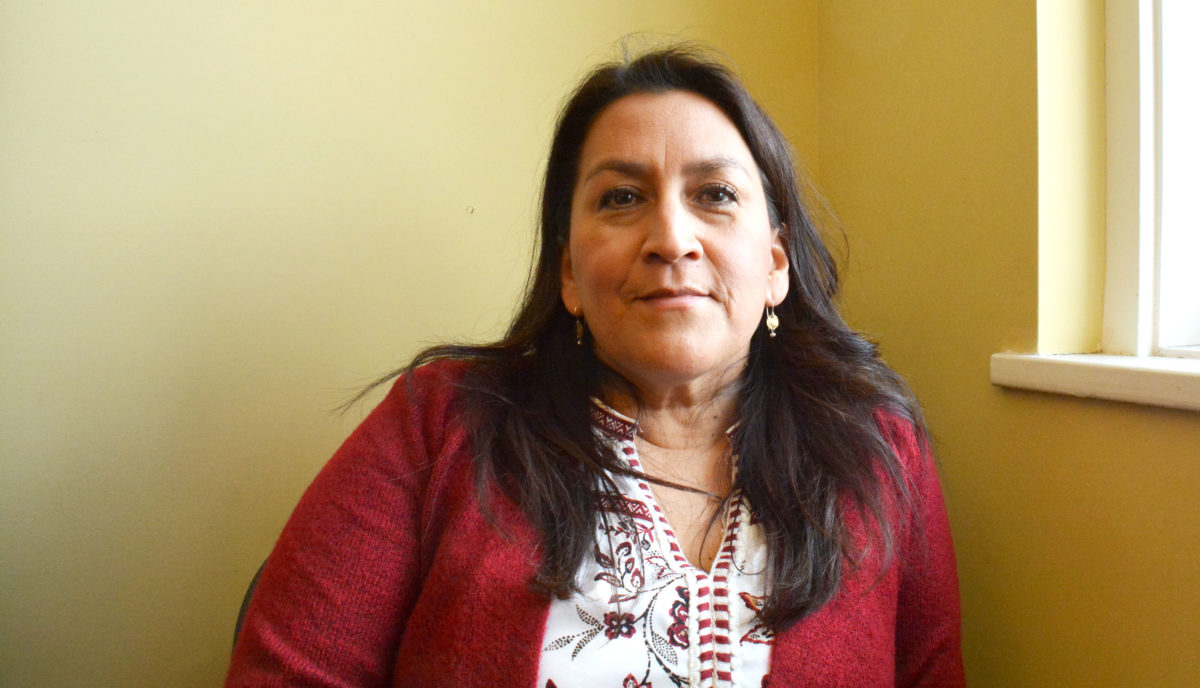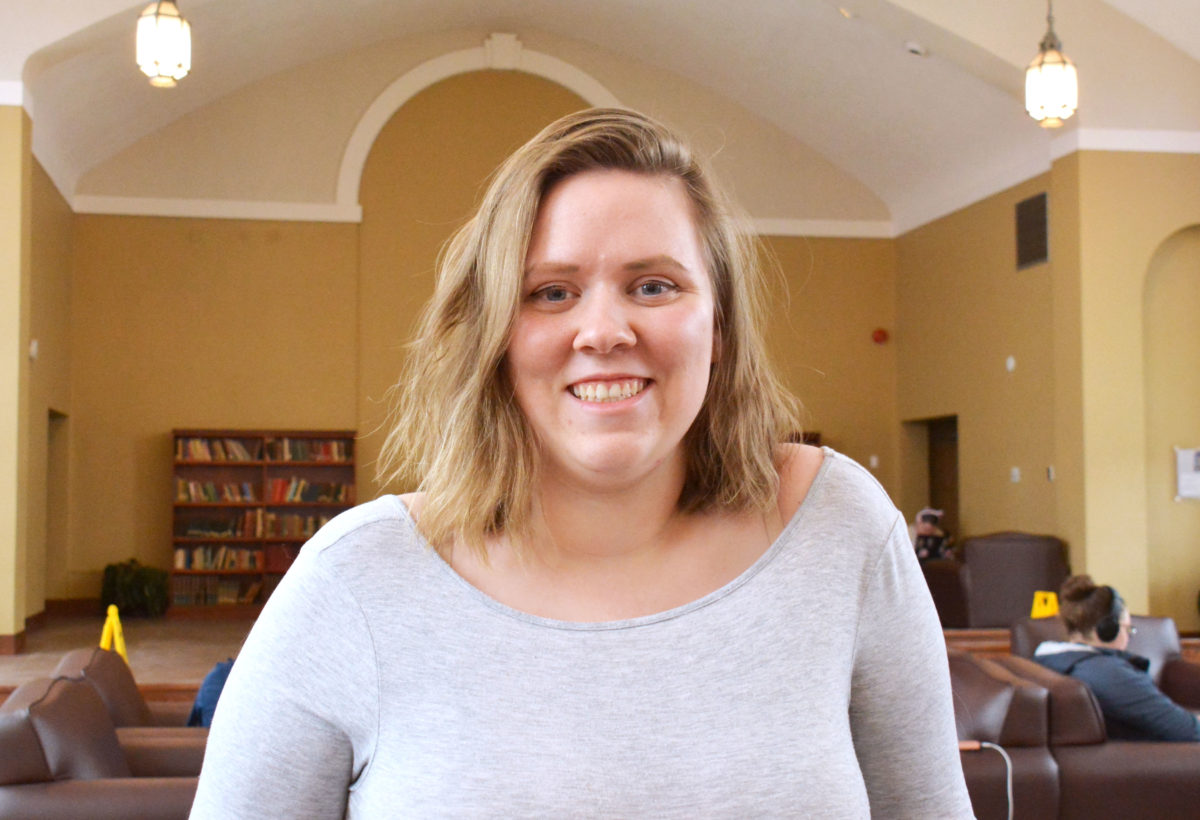Kyra Wilson joined the St. Thomas Emotional Intensity Difficulties program to treat her borderline personality disorder in first semester. For the third-year psychology student, BPD is like having an “emotion third-degree burn.”
Unlike her depression and general anxiety disorder, there is no medication Wilson can take for her BPD. Still, treatment is available in the form of the System Training for Emotional Predictability and Problem Solving program offered at St. Thomas University. While the official name is Emotional Intensity Difficulties, the 12-week initiative uses the same tools and techniques as STEPPS.
The program uses a combination of psycho-education and cognitive behaviour therapy to give participants like Wilson the skills to manage intense emotions, like those associated with BPD. One of these skills is teaching students how to change negative thinking patterns.
Wilson gave the example of making plans to hang out with her friend at the mall. Twenty minutes pass and her friend calls, saying they forgot and can no longer hang out. A person without BPD would be annoyed, but accepts the fact their friend is busy. A person with BPD would feel like it’s the end of the world and react with extreme anger or sadness, such as picking a fight with their friend or crying because they feel like their friend hates them.
“You’re basically given this diagnosis and told that all those friendships are broken up because you’re too emotional,” Wilson said.

When Wilson was diagnosed with BPD last year, it was like a “life sentence.” To help understand her diagnosis, Wilson said her doctor forced her to read I Hate You Don’t Leave Me by Hal Straus and Jerold J. Kreisman.
Wilson was devastated.
Wilson said the book was written in a cold and clinical way, giving off the feeling of hopelessness. The authors couldn’t use the names of the people in the case studies and referred to them as borderline. Most of the case studies featured were depressing, and focused on people who made suicide attempts.
“I was reading that, just sobbing in my bed being like, ‘Great, guess I’m going to die by suicide,’” Wilson said.
Wendy Matthews, a student counsellor at STU, has experience working with intense emotions and BPD. She wanted to bring STEPPS to STU after she noticed students were coming to her with these mental health issues.
“[The program is] trying to reframe them into a thinking pattern that’s going to be much more helpful when they’re trying to manage intense emotions,” she said.
After pitching the idea to STU last year, the Emotional Intensity Difficulties program began. Even though the program is usually used to treat BPD, Matthews said students don’t have to have BPD, or any other diagnosis, to join since it’s for anyone experiencing intense emotions.
Wilson said that although she doesn’t come out as “besties” with the other group members, she believes the group setting makes her feel less alone. In the group, she’s able to talk with people who understand exactly how she’s feeling, opposed to her friends outside of the group who can’t relate. Hearing others’ success stories also brings inspiration and, for Wilson, her success means not starting fights with her friends.
According to Wilson, reaching out for help is hard because of the stigma surrounding mental health, and those who do reach out should be praised. Even if they’re not going to a mental health service like the Emotional Intensity Difficulties program, Wilson said she’s always down to talk.
“Everybody deserves help.”

